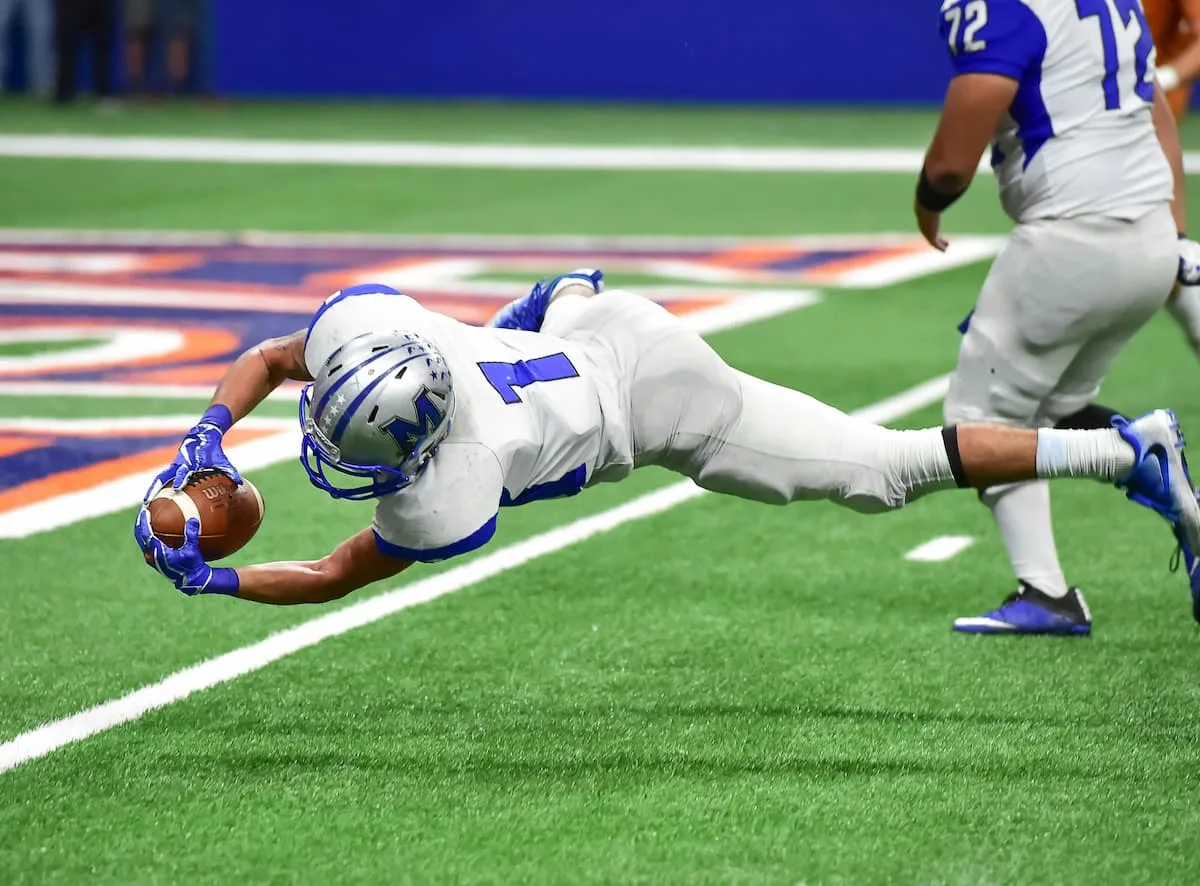American football is a sport where every inch matters. From the precision of a quarterback’s throw to the impact of a bone-crunching tackle, the game is governed by the laws of physics. This article explores the intricate relationship between football and physics (i.e., The Physics Behind American Football), unraveling the science behind the action on the field.
Table of Contents :The Physics Behind American Football
The Momentum of the Ball
Newton’s First Law in Action
In American football, the momentum of the ball is crucial. According to Newton’s first law of motion, an object in motion stays in motion unless acted upon by an external force. When a quarterback throws the ball, it continues moving forward until it encounters resistance, such as the hands of a receiver or the ground.
Velocity and Acceleration
The velocity and acceleration of the ball determine how far and how fast it travels. A well-thrown pass combines high velocity with precise accuracy, maximizing the receiver’s chances of making a successful catch.
The Collision of Bodies
Impact Forces and Collisions
Football is a collision sport, with players constantly colliding with each other and the ground. The impact forces involved can be staggering, highlighting the importance of protective gear such as helmets and pads.
Conservation of Momentum
During a tackle, the conservation of momentum comes into play. According to this principle, the total momentum of a closed system remains constant before and after a collision. When two players collide, their combined momentum determines the outcome of the tackle.
The Dynamics of Movement
Angular Momentum
Angular momentum is another key concept in football physics. It refers to the rotational motion of a player or object around an axis. For example, when a quarterback throws a spiral pass, they impart angular momentum to the ball, causing it to spin rapidly through the air.
Friction and Traction
Friction and traction play crucial roles in football, especially when it comes to running and cutting on the field. Cleats provide traction by increasing friction between the player’s feet and the ground, allowing them to accelerate, decelerate, and change direction with precision.
The Role of Gravity
Projectile Motion
Gravity influences the trajectory of the ball during a kick or punt. When a kicker launches the ball into the air, it follows a curved path known as projectile motion. The angle and velocity of the kick determine the height and distance of the ball’s flight.
Center of Mass
The center of mass is the point around which an object’s mass is evenly distributed. In football, players must maintain control of their center of mass to stay balanced and agile on the field. Low center of mass allows for better stability and maneuverability, especially when bracing for impact.
External and Internal Links for Further Exploration
- The Physics of American Football – An interactive resource exploring the physics behind various aspects of football.
Conclusion
In American football, the game is not just about brute force and athleticism; it’s also about understanding the physics that govern every play. From the trajectory of a pass to the force of a tackle, physics influences every aspect of the game. By studying and applying these principles, players and coaches can gain a deeper appreciation for the intricacies of football and improve their performance on the field.
Please click here for THE ART OF TACKLING: TECHNIQUES AND TRAINING IN AMERICAN FOOTBALL – EXCLUSIVE REPORT

1 thought on “Amazing Game of Inches: The Physics Behind American Football”